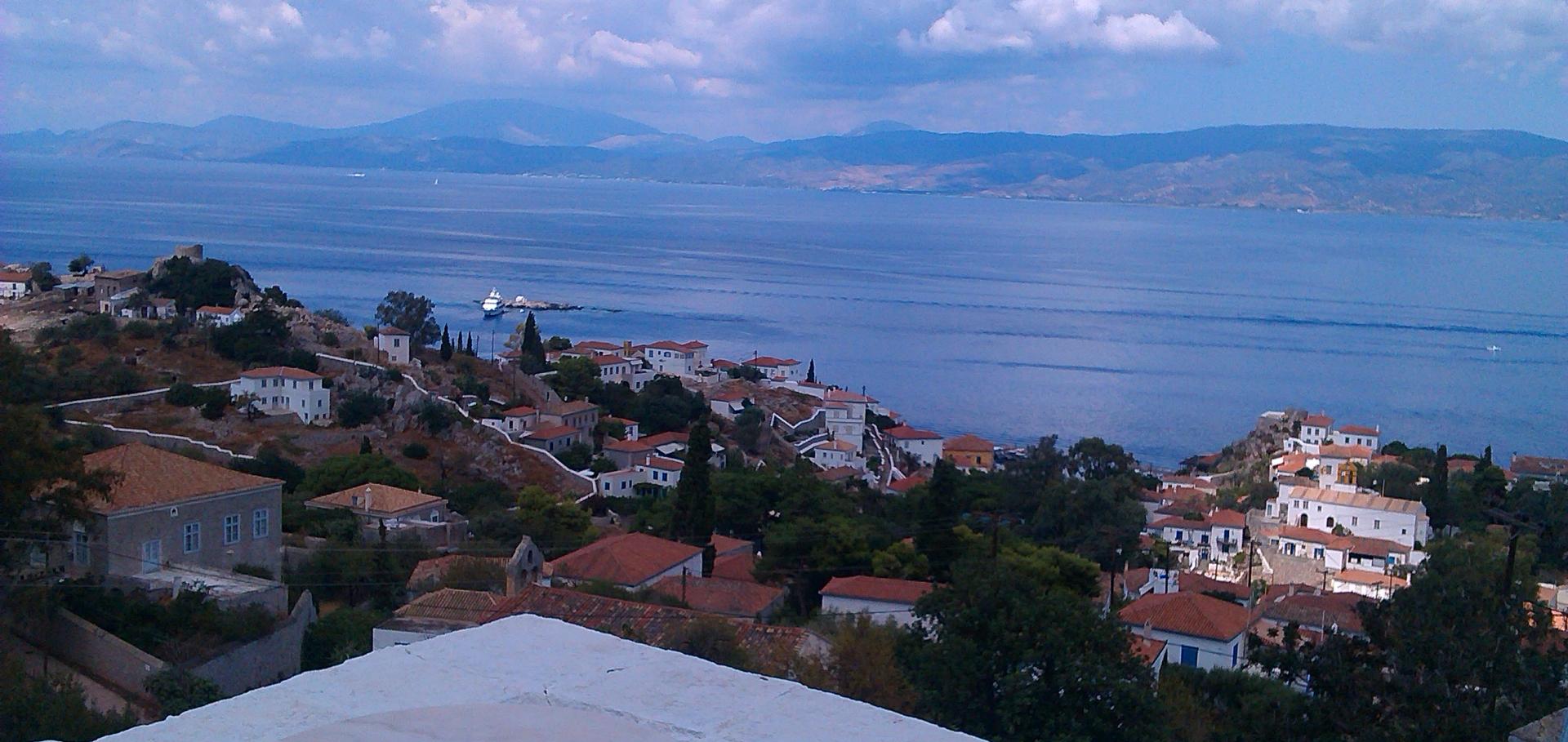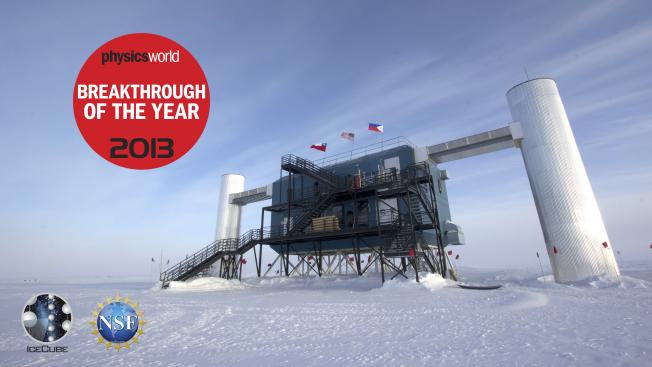Erratum: The evolution of supernova remnants as radio sources
Monthly Notices of the Royal Astronomical Society Oxford University Press (OUP) 209:4 (1984) 719-719
The evolution of supernova remnants as radio sources
Monthly Notices of the Royal Astronomical Society Oxford University Press (OUP) 207:4 (1984) 745-775
ASTROPHYSICAL CONSEQUENCES OF N-NBAR OSCILLATIONS
NATURE 309:5970 (1984) 727-727
COSMOLOGICAL AND EXPERIMENTAL CONSTRAINTS ON THE TAU-NEUTRINO
PHYSICS LETTERS B 148:4-5 (1984) 347-354
The Evolution of Supernova Remnants as Radio Sources
Chapter in Supernova Remnants and their X-Ray Emission, Springer Nature (1983) 187-192



